Ukraine remembers its heroes, that was so obvious in Lviv and Kyiv. I will share pictures with short descriptions from both cities. The pictures are grouped on theme and not on place, but the events are shared chronologically.

The first mention is of the Heavenly Hundred memorial in Saint Michael’s Square. Saint Michael’s was torn down by the soviets in the 1930s and reconstructed after the fall of the communism regime. The Heavenly Hundred were the participants of the Revolution of Dignity in 2014 who were killed by security officers. While the number is slightly higher than 100, this is how they are remembered today.

On Maidan Square is a memorial to Euromaidan, which started the Revolution of Dignity. Seeing the pictures in the same place where it happened and only a decade ago, it is fascinating and moving.

The Wall of Remembrance of the Fallen for Ukraine is another memorial on Saint Michael’s Square. There is another one marking Holodomor. The Wall of Remembrance is very moving to see. There are pictures of the fallen soldiers and they are grouped by the day in which they died, chronologically, starting in 2014 when russia invaded the eastern part of Ukraine.
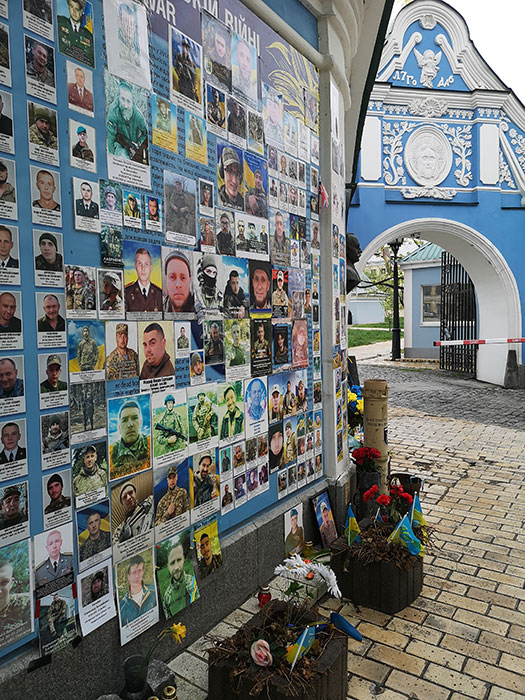
One can see how the wall grew in time, mapping the war through those dates.
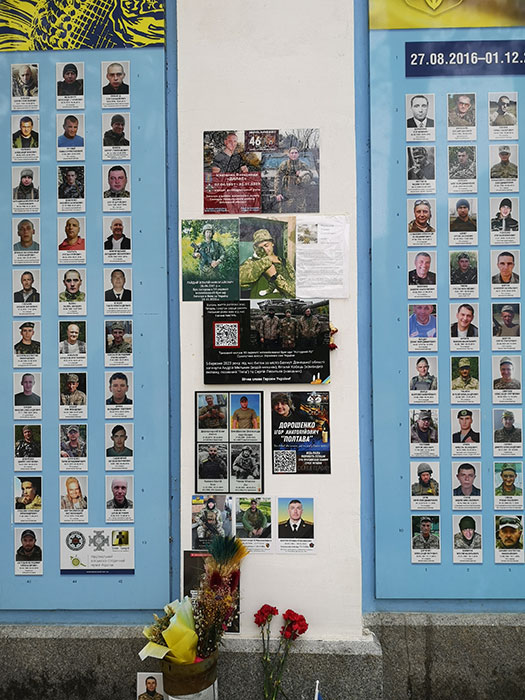
The way of remembering changed in 2022, as people would bring their own pictures of the fallen heroes to display on the wall. There is not the straight, clean, and structured way of displaying the pictures as before, but a mix of sizes. They are left there, which is wonderful and that says a lot about the respect for the bereaved families.

Flags in Maidan are well known by now. It is still an emotional moment to see them. I will mention the flags again at the end of the post.
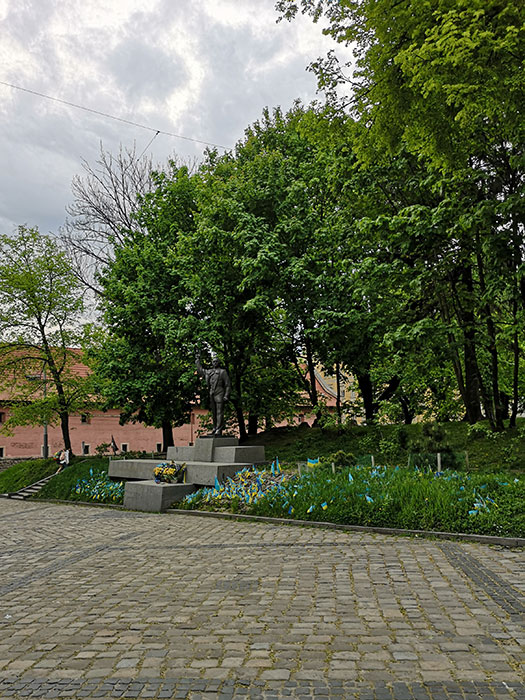
Flags in Lviv, in a park.
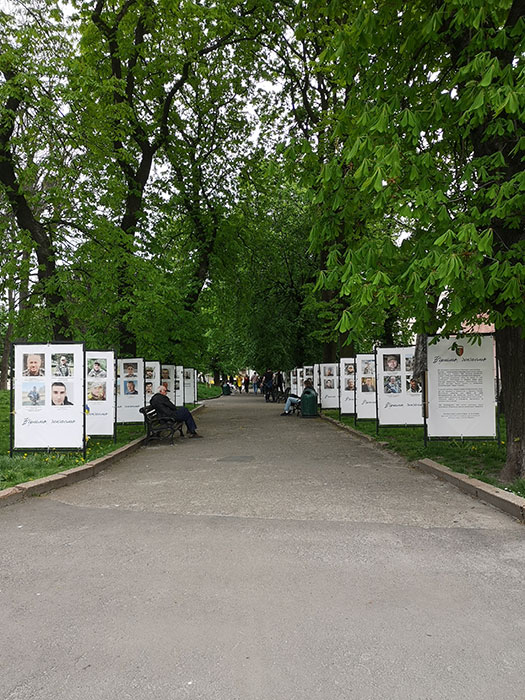
Memorial in same park in Lviv.

Lviv city centre has a few memorials too. In the back you can see the sandbags which are protecting the basement. It is a government building.

Oleksandr Matsievskyi’s memorial was the one I wanted to see. It meant a lot to be able to see it. It is located in a military facility, but very close to the entrance and the guard allowed us to enter and see it.
In early March 2023 I saw the video of Oleksandr’s execution, more than once, as the video of this russian war crime was shared again and again by russian trolls. He was captured, made to dig a shallow grave, and shot multiple times. His last words were: Slava Ukraini!
His body was exchanged and his identity was confirmed by the Ukrainian government. He became a symbol of Ukrainian resistance, just as much as the “russian warship go fuck yourself” said by the soldiers on Snake Island. There are murals of him, a statue in the city where he lived, and there is a statue of him in Georgia, another country occupied by the russians.
This incredibly poignant life-like statue in Kyiv is not only incredible because of his actions and his bravery, but because he was not born in Ukraine and his native language was russian. Oleksandr was born in Moldova and moved to Ukraine in his late 20s. I talked with a Ukrainian from Kyiv about this statue and she said that it was controversial because it is life-like and that would be too much for the people who knew him, his family and friends. I said that he was a russian speaker from Moldova and she looked at me like I am crazy before saying that these details made no difference to anyone.
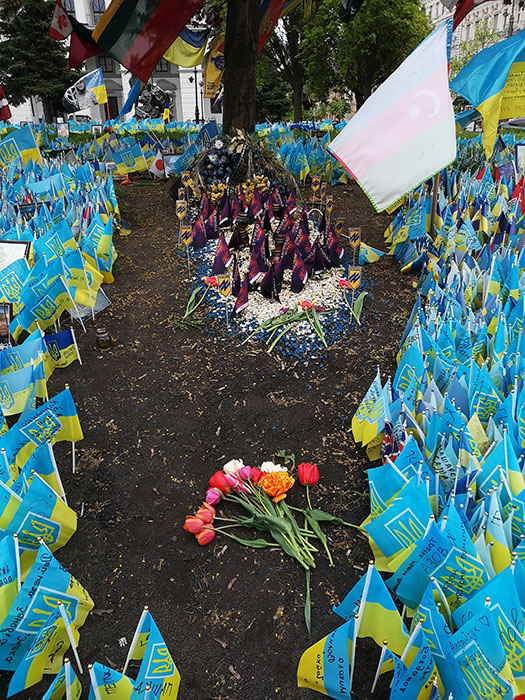
Olenivka prison massacre is another russian war crime. Azovstal defenders who were taken prisoners as they had to surrender. The International Committee of the Red Cross recorded them and then did nothing. Many of them were exchanged after months, being tortured and starved. Before and after pictures are harrowing. Meanwhile, the Red Cross and Amnesty do nothing, they check the Ukrainian held russian POWs, but nobody is allowed in russia to see the Ukrainian POWs.
On 29 July 2022 the russians destroyed a building housing Ukrainian POWs from Azovstal. The building was located near Olenivka in Donetsk. Between 53 and 62 Ukrainian prisoners of war were killed and around 100 were wounded. The russians said that the Ukrainians killed them and brought Steven Seagal (yes! the actor) to “investigate” (?!?!), which is pretty much the quality of their propaganda these days (it’s puzzling that so many are falling for it).
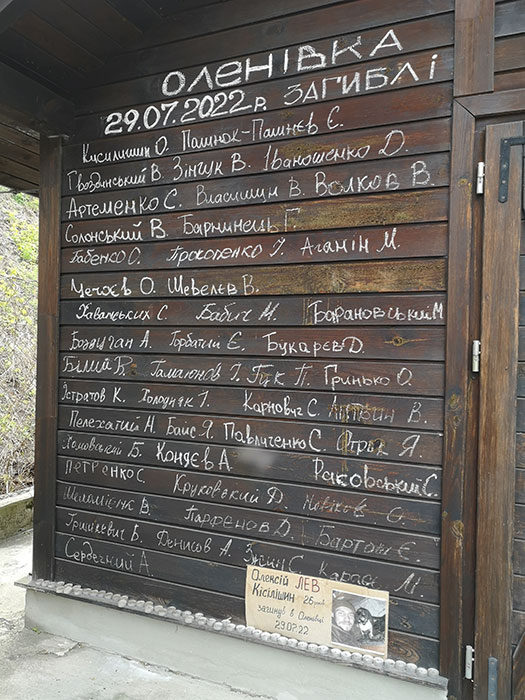
Memorial in a museum in Lviv, for the POWs killed in the Olenivka prison massacre.
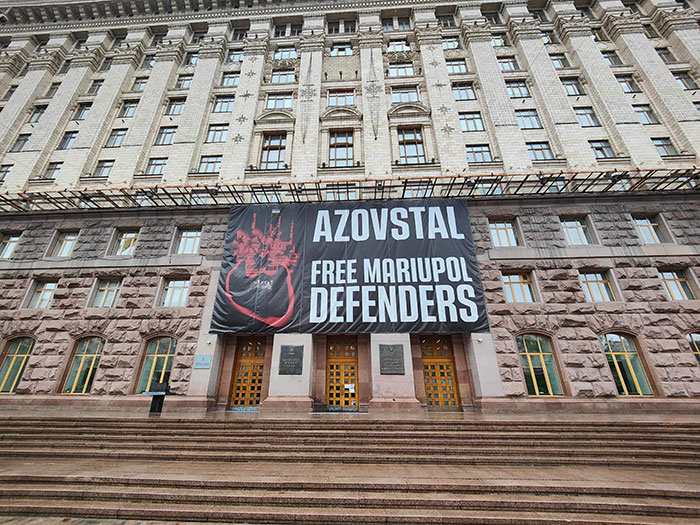
Some of the Azovstal defenders are still in captivity.

Azovstal as a heart is just beautiful.
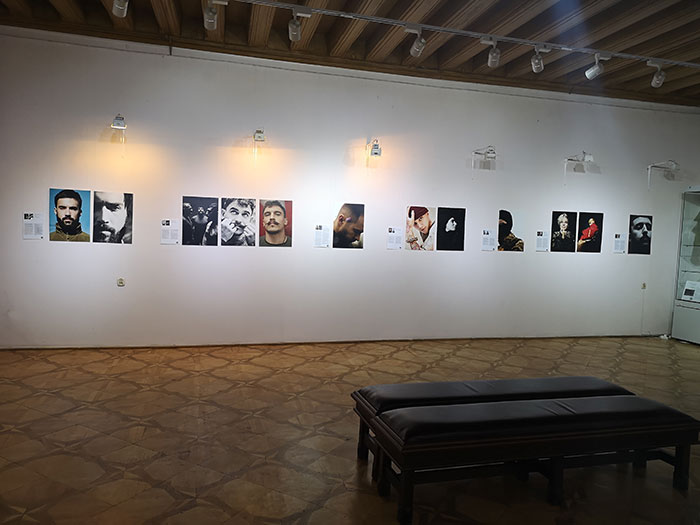
Lastly, a special exhibition in Lviv History Museum, which showcases defenders. All but one are alive and some of them are on the front. They tell their stories in the From the Flame We Born exhibition.
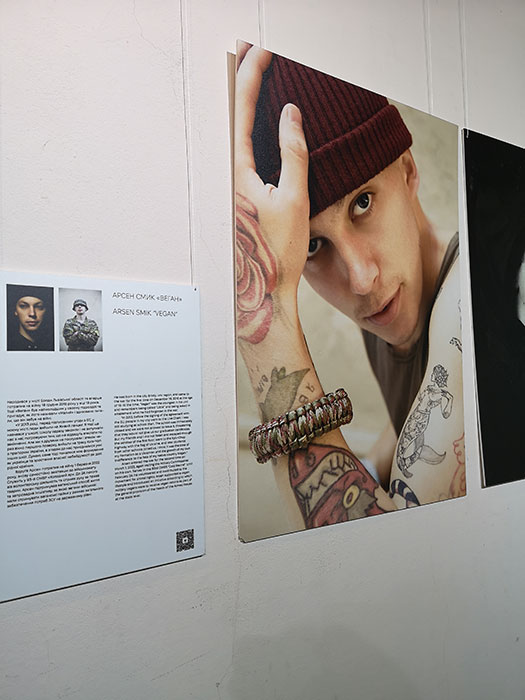
I was impressed to see the defender Arsen Smik with call sign Vegan. He is a vegan defender born in the Lviv region. He joined the army in 2016. On 1 March 2022 he returned to the army on his own. He introduced an initiative for the military to make vegan rations for the vegan soldiers, as part of the general provisions.
The fact that he is not only able to do that while the country is at war and have a debate about it is amazing. There are no vegan MRE (rations) in the US or British military, for context.
Heroyam Slava!




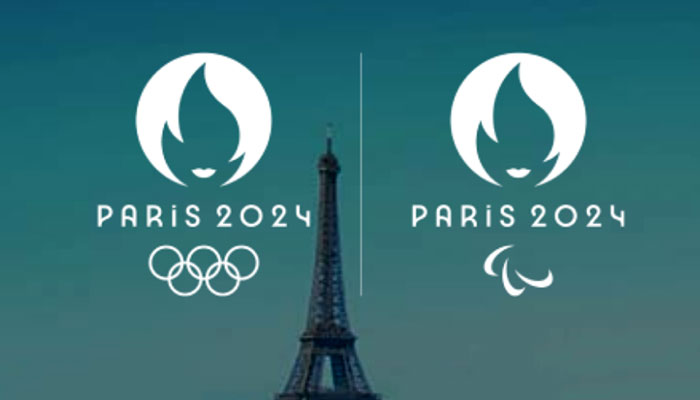
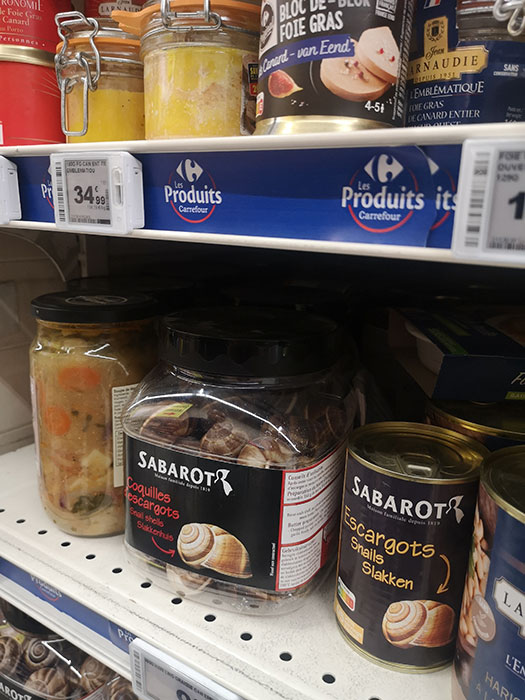


This had to be such a powerful and poignant visit for you, Anca. I am fascinated by the details you shared and found both the photos on the wall and the flags tremendouslyl moving.
They are very moving to see live, so many lives lost, but also so many defenders willing to sacrifice themselves for their country, families, culture, and history.
Thank you for sharing such a wonderful record of your trip, both this post and your previous posts. Very poignant and moving – and there’s really nothing else I can say except Slava Ukraini.
Heroyam Slava!
This is a poignant and meaningful post, Anca. How interesting about the vegan rations!
Kelly recently posted…National Poetry Month 2024
I was expecting the British army to have vegan rations, so it is quite disappointing about that. But that makes the Ukrainian debate even more important considering the low number of vegans in the country.